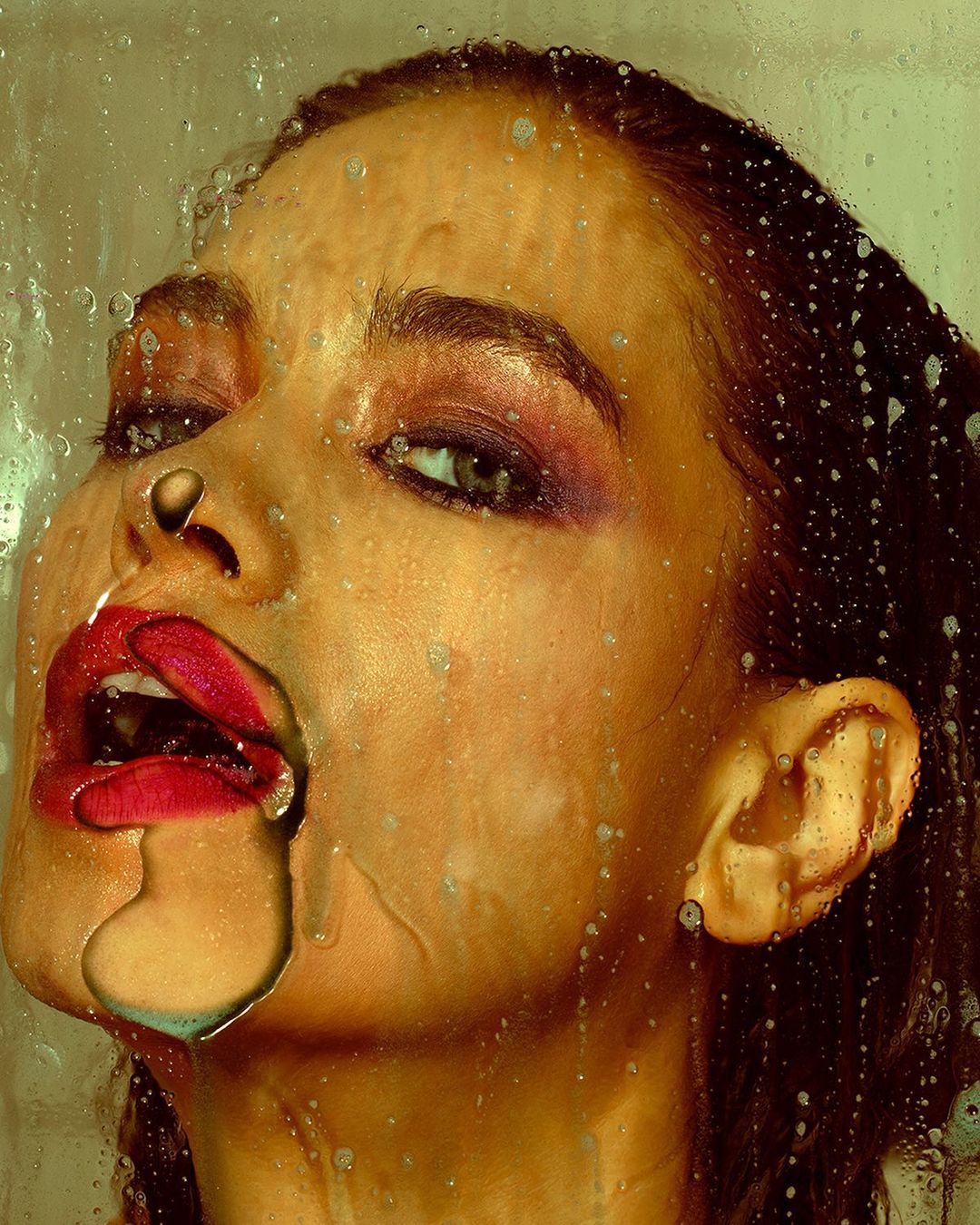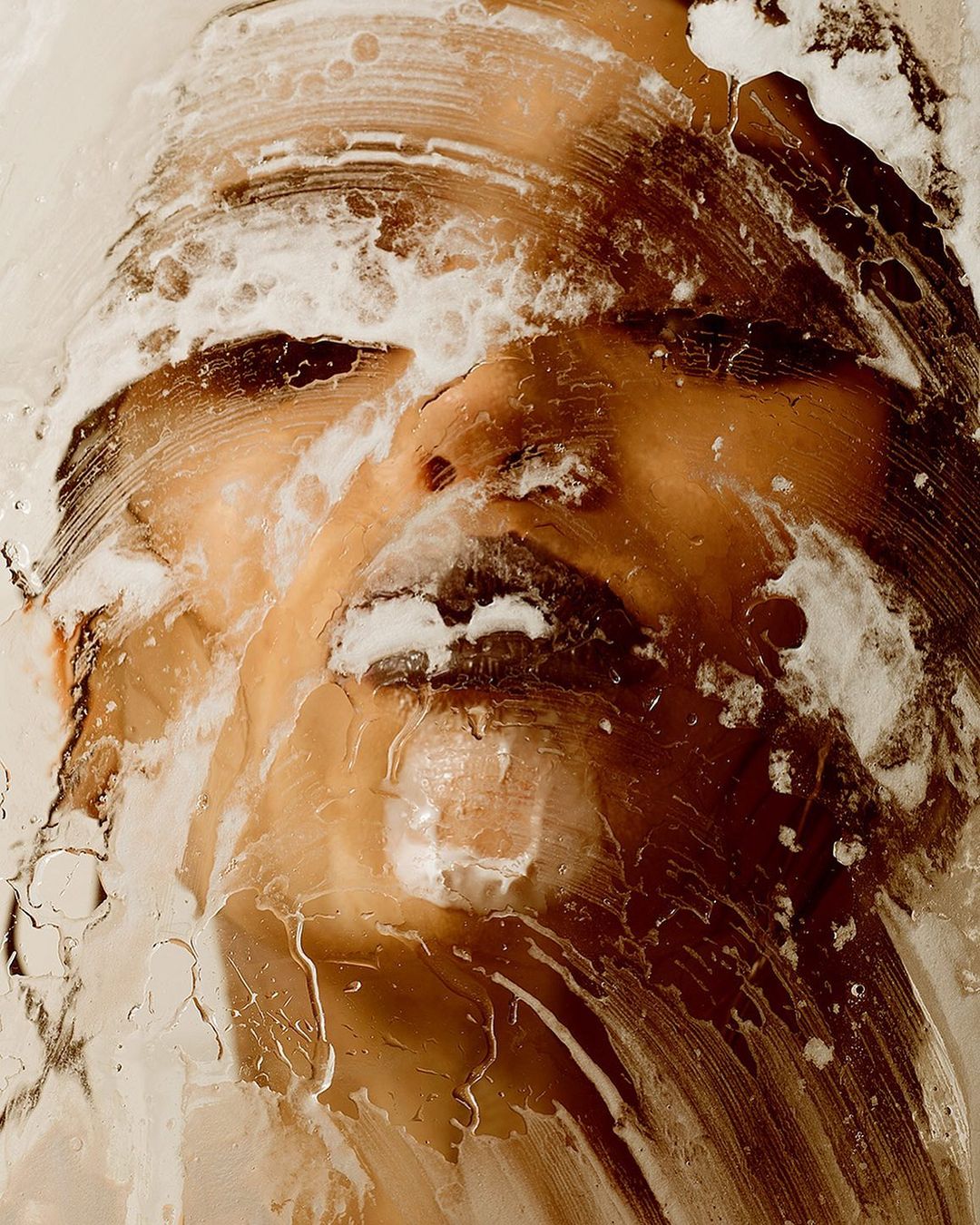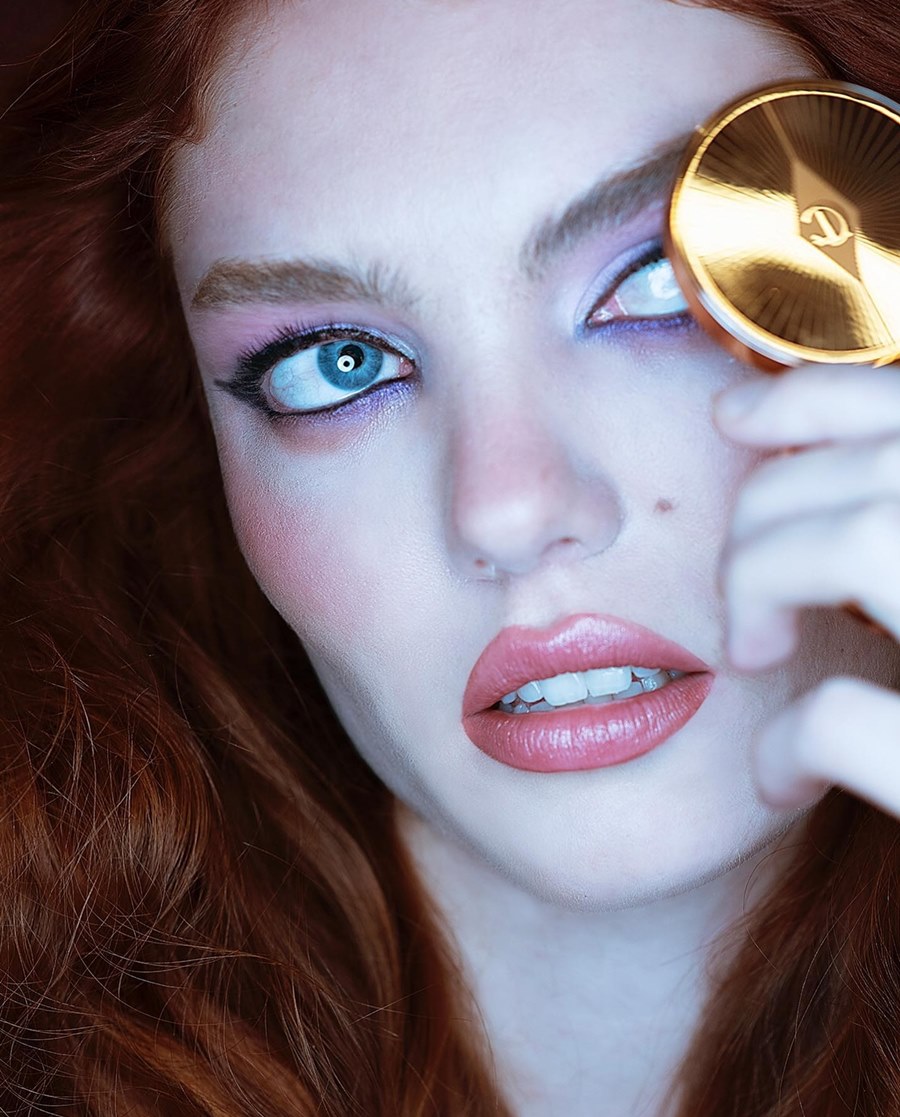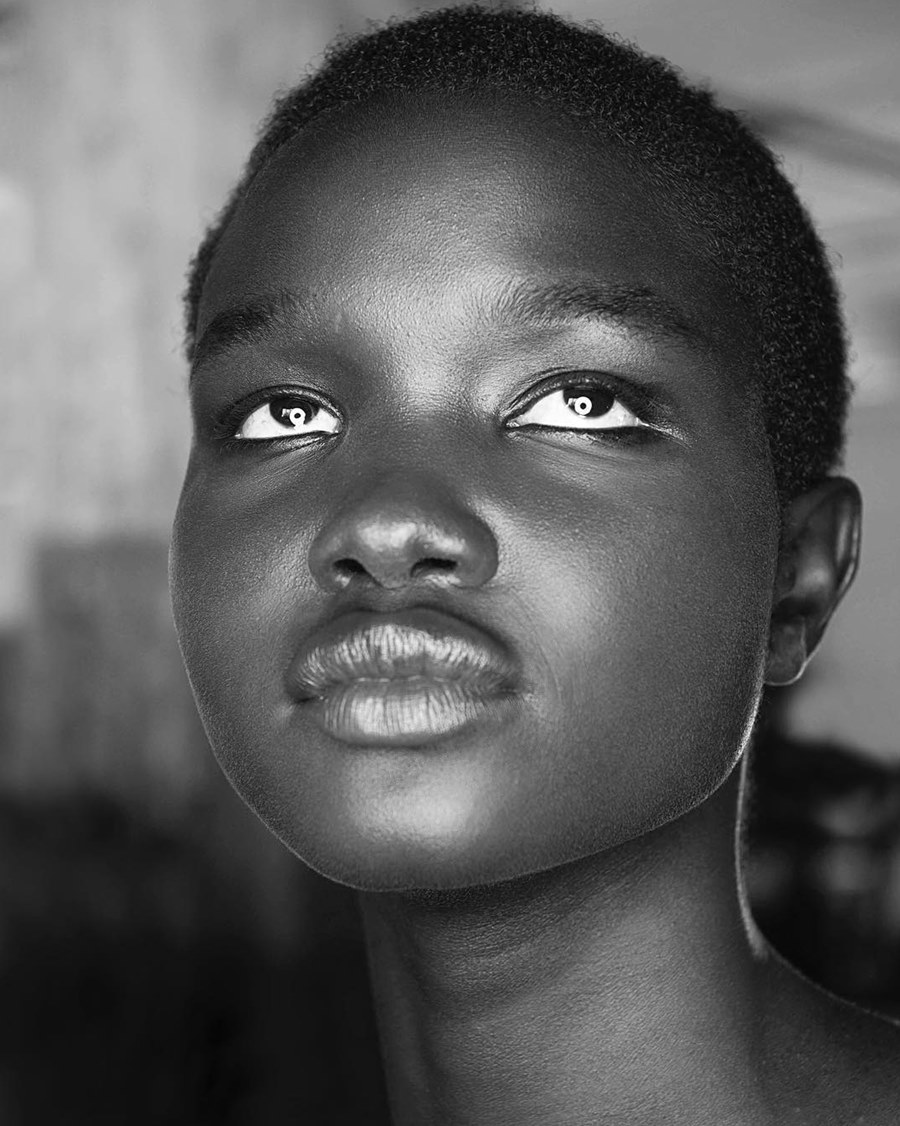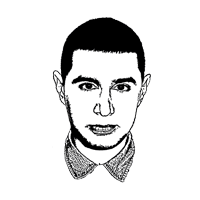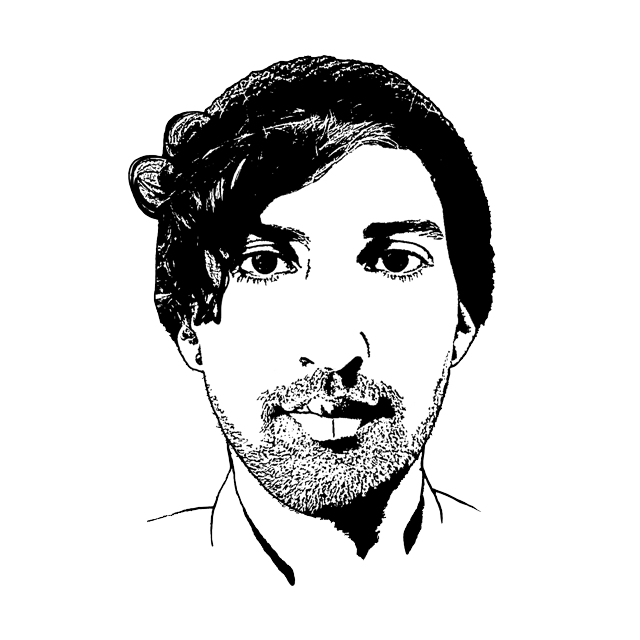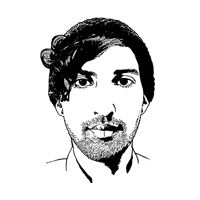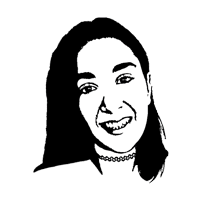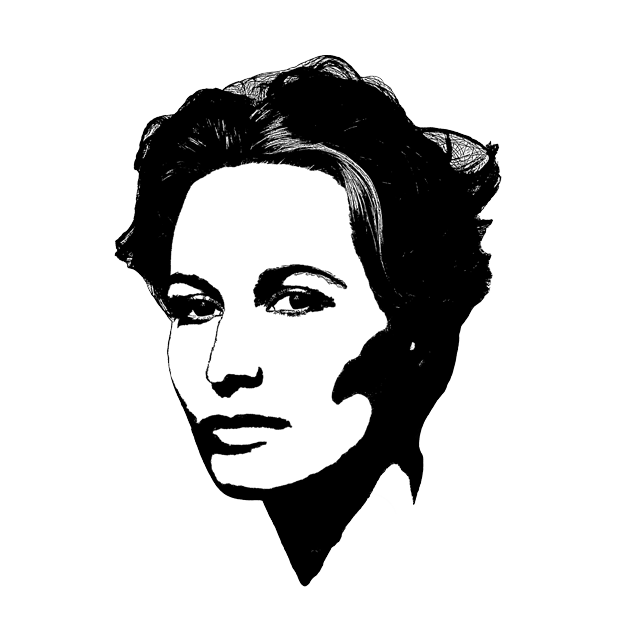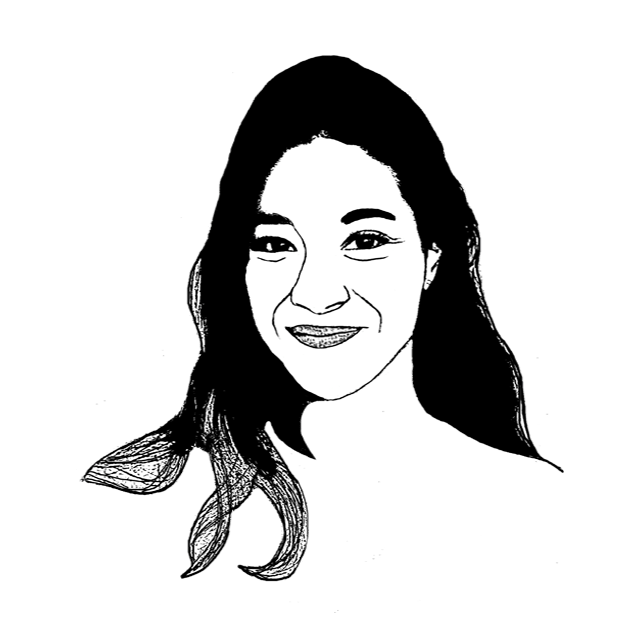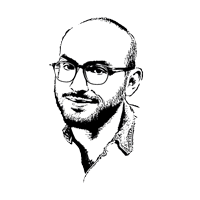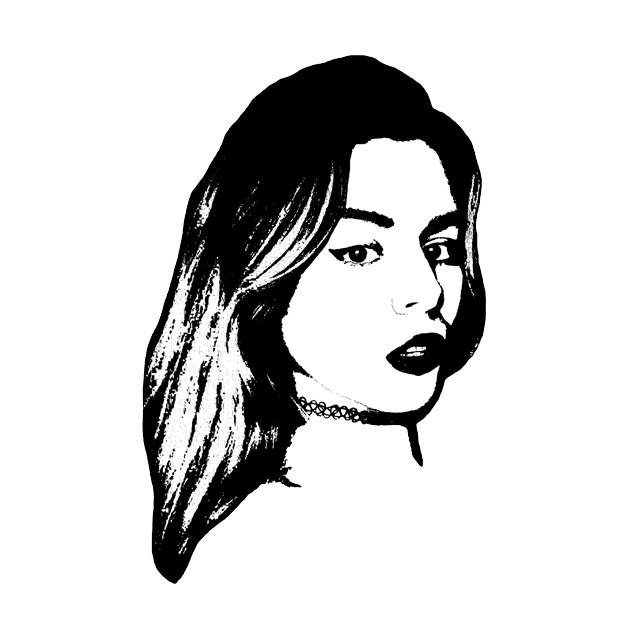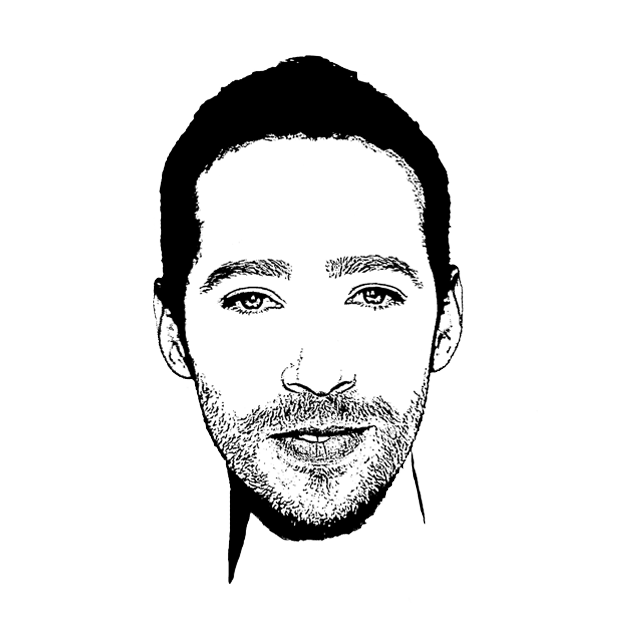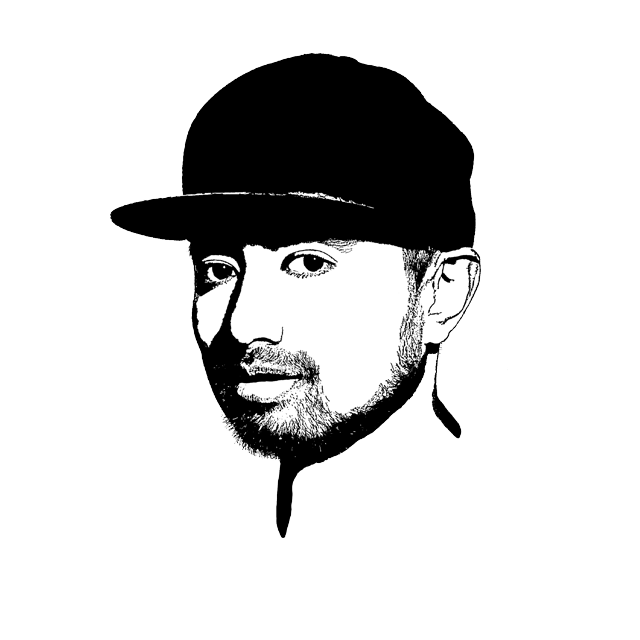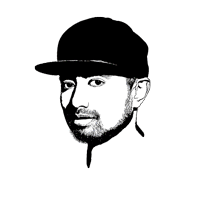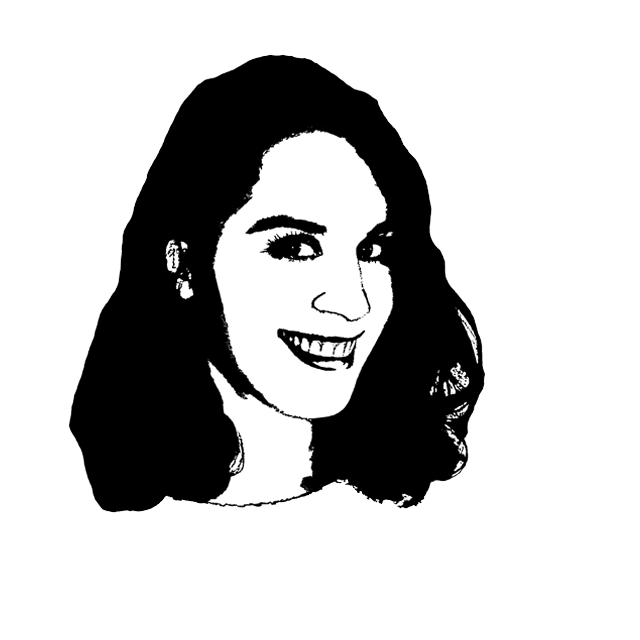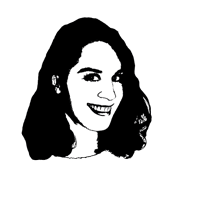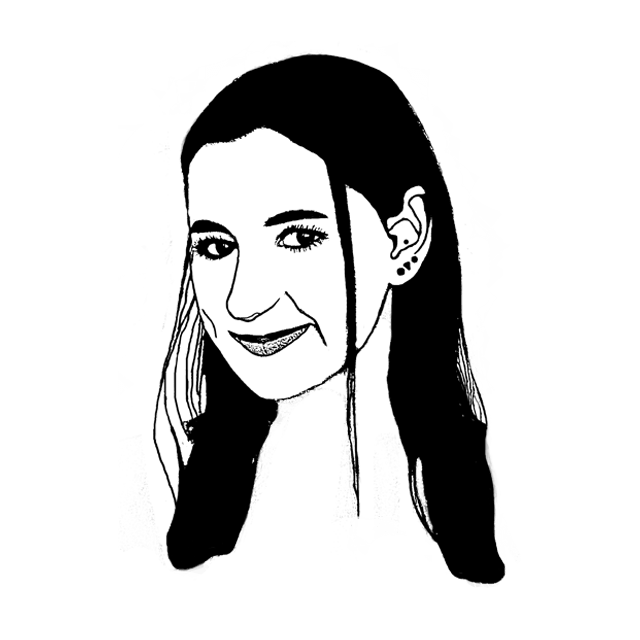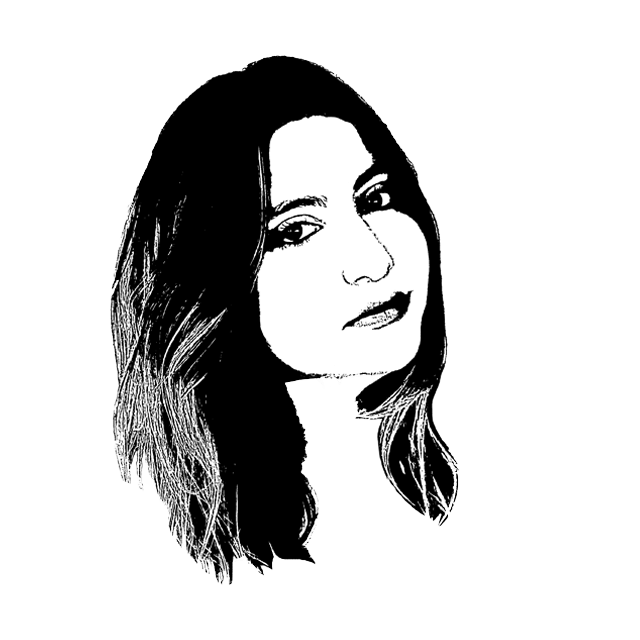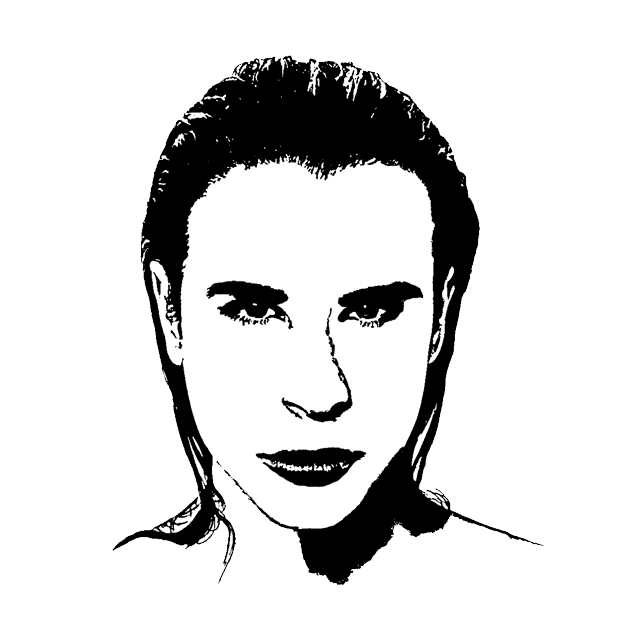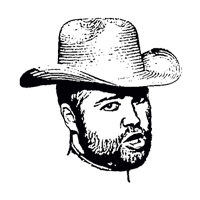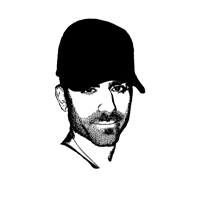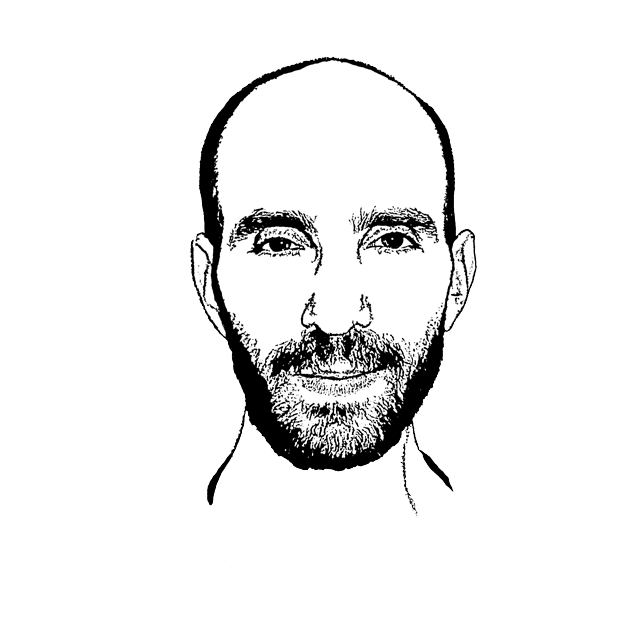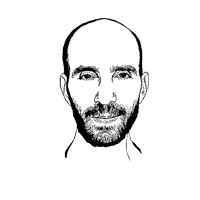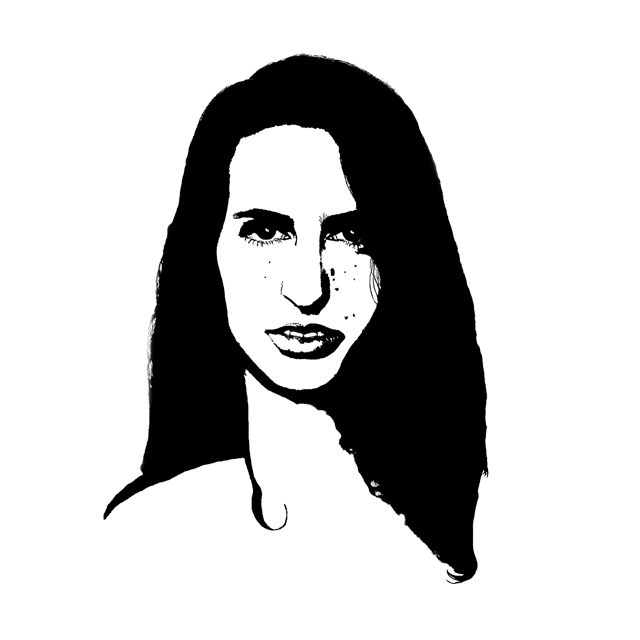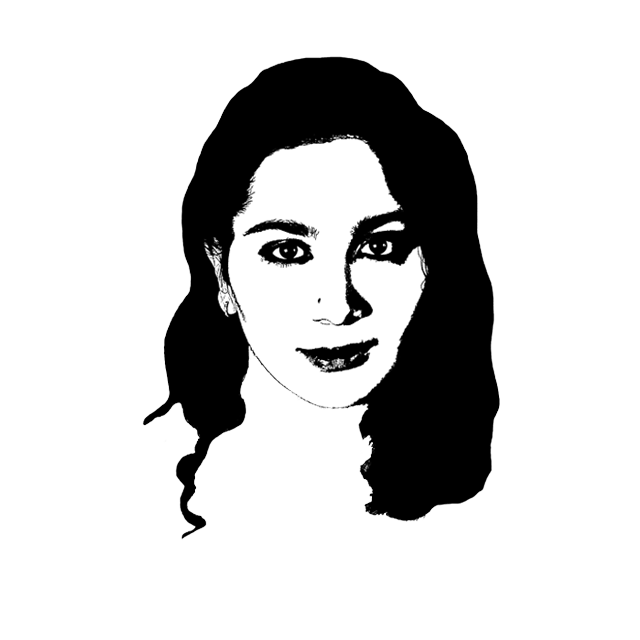Roy Schweiger is not your average photographer. The New York City-based artist began his career as a videographer working on short documentaries. His work as a videographer showed him that he didn’t want to follow people around to tell stories, he wanted to tell stories by capturing individual moments. He became a photographer and has since worked with Dolce&Gabbana, Zuhair Murad, Les Hommes, and many more. For his work on a project with DSQUARED2, he was awarded a La Jolla Fashion Film Award, a London Fashion Film Award, and an NYC Winter Fashion Film Award. We discussed his career highlights, beginnings, and goals with him. Read on to find out what he has to say!
Q What led you to videography and photography?
Growing up in Tel Aviv, Israel had a major role in shaping my personality and the unique experience it had in the first half of my life. I was truly lucky to discover my love for motion and photography fairly early on and right before I graduated high school.
My grandfather who was the only person in the family who was not born In Israel was sent by his family in Bratislava, Slovakia to Israel at 15 years old just before WW2. He had a strong European influence on me and I embraced it. I was eager to learn from the best and somehow knew my calling was outside of Israel where fashion markets and beauty industries are stronger and established.
The decision to move to Milan was instant, I knew I wanted to live in Italy even before visiting there. At times you know where you should be without a reasonable reason or explanation. I studied Italian for a few months, took my savings, and made Milan my home for the following decade. The pre-Facebook and social media were somewhat more real and challenging at the same time, I met my mentor who guided and helped pave my way as a young photographer.
I assisted several local and international well-known photographers, I enjoyed paying attention to the dynamics between the creatives and clients and it opened my eyes and shaped my sensitivity to interactions and relationships in the fashion industry.
Q Were there any artists that inspired you when you were young?
I was strongly influenced by Herb Ritts, Richard Avedon, and Irving Penn. It was a slow process of understanding what elements in my craft I paid attention to the most and by the time I was familiar with iconic photographs and the story they were told, I was able to understand the story I was interested to tell within my work.
Q How did you develop your unique style as a photographer?
I’m fascinated by humans and humans’ energy. It’s a great force that can elevate the room or shatter it with negative energy. The first thing I get inspired by is the people I work with within the room and am surrounded by when we share team creative work.
Healthy communication and kindness set the energy and keep it high which is the first thing I’m inspired by and so do others who are also impacted equally. I was always inspired by unconventional human faces, locations around the world, beautiful shapes and forms, light, and the human body while in motion. When we sell a dress or shoes or any other product, my mission is to sell an emotional point of view that real life does not show us.
Q You’ve worked on a lot of large-scale fashion campaigns. Have you learned anything while on the job that surprised you?
I arrived in Milan in 2006, a period in time without social media or other online self-promotional platforms, I didn’t have an iPhone nor did I check my emails on the cellphone I had. As a young photographer, the sense of satisfaction was when my work was published in a magazine or a billboard and sort of let that make the silent promotional work for you.
When Facebook came in I remember working on my very first exhibition and closing myself in the studio with the team for a few days and just creating with no desire of sharing anything online. There was a sense of privacy that kept a certain level of quality that none was interested in sharing or sharing too early.
I was walking around for meetings with my heavy custom-made black leather portfolio, showcasing work on a laptop that seemed unprofessional. The print had a great significance that contributed to the way you would promote yourself. Evolution has always been within us as a society and happens whether we like it or not, sooner or later it affects us all and the old ways get blurry with the new ways until fully implemented.
Social media was born out of evolution and with that many small and big changes along the way that reshaped every creative person out there, I think the most significant tool social media has always had was using one’s voice smartly and efficiently to impact others. Exposing our personal story rather than just personal work.
Q After working in a number of the world’s fashion capitals, have you noticed differences in the ways artists work in each?
I think the differences are not in the way artists work but rather the results they produce and the way their eye understands the market. Until this day many photographers in Italy are passionate about medieval times and their work reflects it in terms of how they position their talent and use their light.
Many of them still work with film and analog equipment which impacts the way they produce work. The digital era made everything faster. Artists would photograph an object and move to another quickly because they would rely on photoshop to correct mistakes rather than fix them on set, in their light settings or styling.
An artist who works with film would dial back and take it slowly to ensure accuracy. As a young photographer, the best advice I have ever received was “don’t click before the image is ready in front of me”.
Q What would your dream project be?
My dream job is to be a scene photographer on a film set. I’ve never done it before and it seems exciting to capture some raw authentic moments of interactions between talent and crew.
For more information on Roy, you can follow him on his IG account:
www.instagram.com/royschweigerphoto

 CON
CON CON
CON